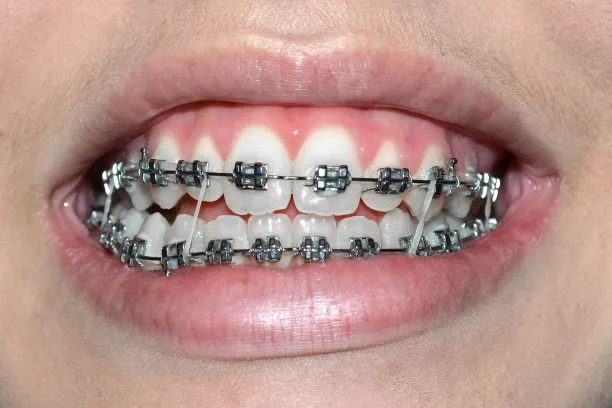The Comprehensive Guide to Extracting a Tooth Steps, Recovery, and Aftercare for a Smooth Experience
Summary: Extracting a tooth can be a daunting experience for many, but understanding the process can alleviate anxiety. This comprehensive guide walks through the essential steps involved in tooth extraction, from initial consultations to post-operative care. Recovery is a crucial aspect of the process, and following the right aftercare instructions is vital to ensure a smooth and complication-free experience. By being well-informed about each step, patients can approach their dental extraction with confidence, leading to a more comfortable journey toward oral health.
1. Understanding the Reasons for Tooth Extraction

Tooth extraction may be necessary for various reasons, including severe tooth decay, periodontal disease, or overcrowding in the mouth. In cases where the tooth is beyond repair due to extensive damage, a dentist may recommend extraction as the best course of action. Patients should consult their dentist to determine if extraction is the right option for their specific dental condition.
Another common reason for tooth removal is orthodontic treatment. Many patients need extractions to create space for teeth that are being moved into more desirable positions. Understanding the reasons behind the need for extraction helps patients to mentally prepare for the procedure, as it emphasizes the necessity rather than viewing it as a mere inconvenience.
Lastly, wisdom teeth removal is a prevalent procedure among adolescents and young adults. These third molars can often become impacted, leading to infections or pain. Consulting with a dental professional can provide insight into the implications of wisdom teeth and help determine if extraction is required, ensuring that patients are informed and prepared.
2. Preparing for the Tooth Extraction Procedure
Preparation for a tooth extraction starts with a thorough dental examination. During this visit, the dentist will assess the affected tooth and surrounding structures using X-rays to understand the tooths position and roots. This assessment is critical for planning the extraction, ensuring that patients are fully aware of what to expect.
Once the need for extraction is established, patients must discuss their medical history with their dentist. Certain health conditions and medications can influence the procedure, so disclosing this information is vital. The dentist may provide specific instructions on medication management, especially concerning blood thinners or antibiotics, to ensure patient safety.
Finally, patients should make logistical arrangements for the day of the procedure. This includes organizing transportation, as it is generally not advisable to drive after receiving anesthesia. Planning for rest and recovery time after the extraction will also contribute to a smoother experience, allowing patients to focus on healing without unnecessary stress.
3. The Tooth Extraction Procedure Explained
The actual procedure begins when the patient is seated comfortably in the dental chair, and local anesthesia is administered to numb the area surrounding the tooth. In some cases, sedation may also be offered to help alleviate anxiety. Once the area is numb, the dentist will begin the extraction by loosening the tooth with specialized instruments.
After the tooth is properly loosened, the dentist will carefully remove it from the socket. In cases where the tooth is fractured or its roots are curved, the extraction may take longer. Throughout the procedure, the dentist will ensure patient comfort and respond to any concerns that arise.
After the tooth is extracted, the dentist will place gauze over the extraction site to control bleeding and aid clot formation. Patients will receive detailed pre- and post-operative instructions to follow, as this will pave the way for a successful recovery. Understanding what happens during the procedure helps demystify the experience for patients, contributing to a more relaxed mindset.
4. Recovery and Aftercare for Tooth Extraction
The recovery process after tooth extraction typically involves managing discomfort and promoting healing. Patients are advised to follow their dentists aftercare instructions diligently. This includes taking prescribed pain medication and avoiding any strenuous physical activity for at least 24 hours post-procedure.
Maintaining proper oral hygiene is essential in the days following extraction, but patients should be careful around the surgical site. Gentle rinses with salt water can help promote healing without disturbing the blood clot. It is crucial to avoid using straws, smoking, or spitting, as these actions can dislodge the clot and lead to complications.
Patients should monitor their recovery and contact their dentist if they experience excessive bleeding, severe pain, or signs of infection. Regular follow-up appointments may be necessary to ensure proper healing. Overall, being attentive to these recovery guidelines is fundamental for a smooth transition back to normal activities.
Summary:
Understanding the process of tooth extraction—from the reasons for the procedure to preparation, the extraction itself, and proper aftercare—is vital for patients. Each aspect plays a critical role in ensuring a comfortable experience and successful recovery.
This article is compiled by Vickong Dental and the content is for reference only.



